
Color analysis has been making waves all over the world among fashion enthusiasts and those who want to up their style game. And for good reason: It takes the guesswork out of getting dressed.
If you want to streamline your wardrobe, be more purposeful about the clothes and accessories you buy, and feel instantly more put-together with less effort, now is the time to know your personal color season and integrate it into your style strategy.
Remember, however, that this is not an exact science, and there’s always room for personal flair.
The 12 Subtypes
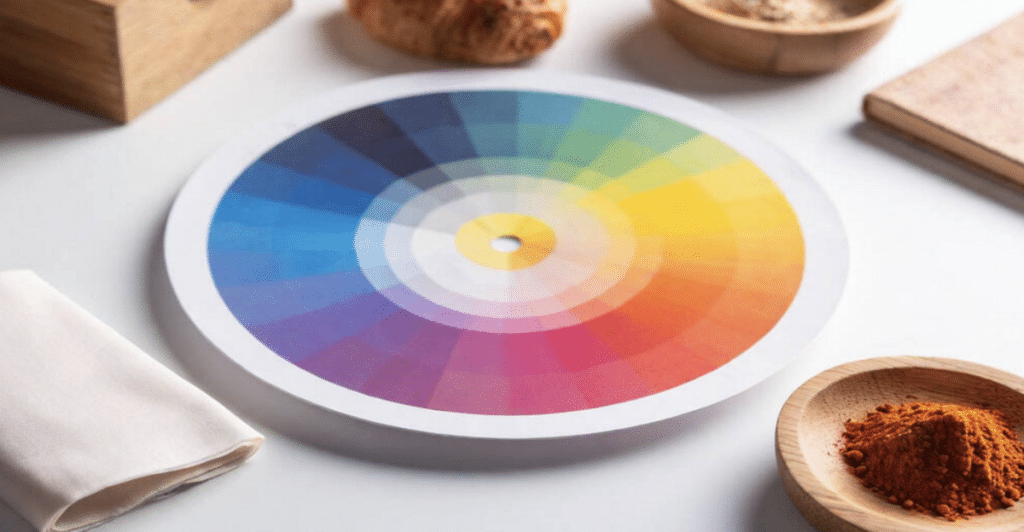
Professional color analysts use different methods, but for the purposes of simplicity, you only need to know the 12-season color analysis wheel, which is a more detailed (but still easy to understand!) breakdown of the original four seasons. The 12 subtypes of seasonal color analysis are derived from the four main seasons, which are:
- Spring: Bright, True, and Light
- Summer: True, Light, and Soft
- Autumn: True Deep, and Soft
- Winter: True, Bright, and Deep
These colors go in a continuum, which means there might be overlap within certain subtypes.
Core Principles

First, you need to know if you’re warm-toned, cool-toned, or neutral, which is somewhere in between.
- Hue: Is your overall coloring more golden, peachy, or yellow-based (warm)? Or is it pink, rosy, or blue-based (cool)?
- Value: Are you light or dark overall? This includes your skin, eyes, and hair working together as one palette.
- Chroma: Are your features soft and blended, or bold and contrasting? This tells us whether you shine in bright, clean colors or more muted, dusty tones.
These three will help narrow down your best colors more than any trendy palette ever will.
Factor in Your Eye and Hair Color
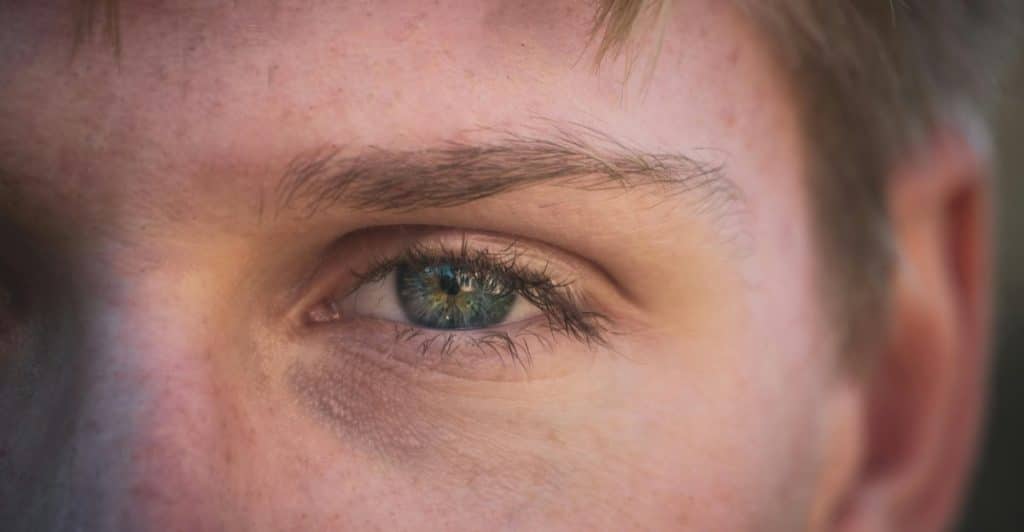
Your eyes and hair bring depth to your overall coloring, and they’re crucial when determining your season. Bright, icy blue eyes? You might lean winter. Soft olive green? Maybe a muted summer or autumn.
Same goes for hair: Ashy tones push you toward cool seasons, while golden or reddish undertones suggest a warmer season. Look at your natural state, not dyed.
Best, Okay, Worst
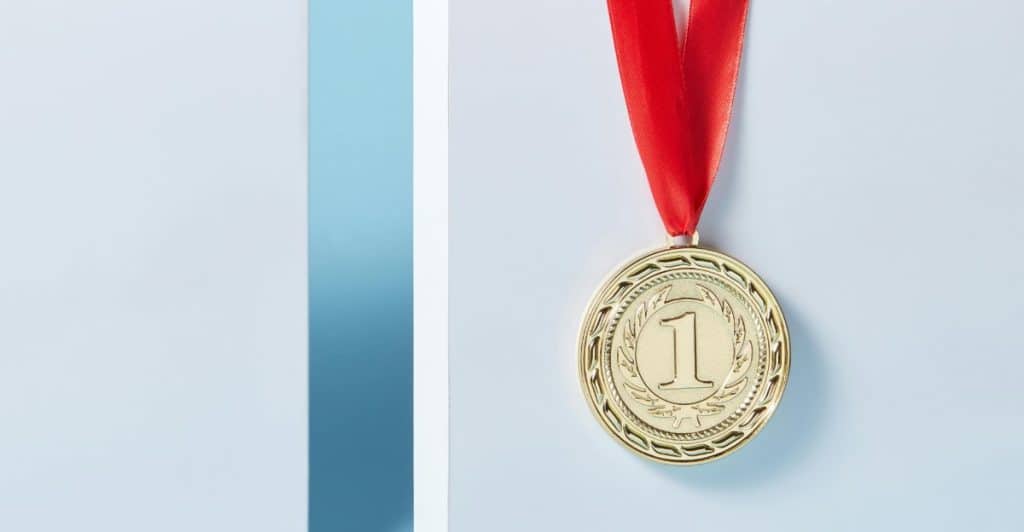
When it comes to determining your seasonal subtype, remember that there are three potential categories for what colors suit you: the best, the okay ones, and the worst.
- Your “best” colors will make you glow and give you the best compliments you’ve ever received.
- Your “okay” colors are wearable but not magical. You could probably get away with those options.
- Your “worst” colors? They wash you out, dull your skin, and clash with your undertones. Avoid these when you can.
Figuring Out Your Season
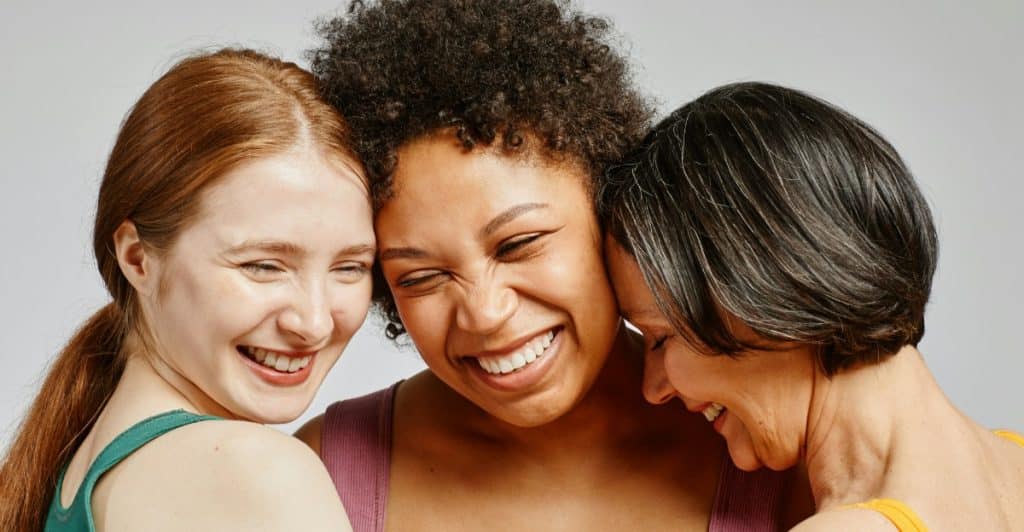
To finally decode what season you are, look at this formula:
- Warm + light + bright = Spring
- Cool + light + muted = Summer
- Warm + dark + muted = Autumn
- Cool + dark + bright = Winter
Each season is essentially a combination of three traits: temperature (warm or cool), depth (light or dark), and clarity (bright or muted). When you understand how these play together, your personal color season starts to reveal itself.
Start by identifying your dominant trait. Are you noticeably light or dark? Do colors tend to pop on you, or do softer shades blend better? Then, move on to your undertone: Golden and peachy tones mean you’re warm; pink or blue undertones mean you’re cool. Another thing you can do is check which outfits look best on you and you receive the most compliments wearing, and figure out if those colors are leaning towards a particular season.
Once you’ve locked in those two, the last piece usually clicks into place. It’s more straightforward than you think, and once you see it, you won’t be able to unsee it.
Winter Subtypes

Winter subtypes are those who have cool undertones, darker features, and thrive in high-contrast combinations. Think icy tones, jewel colors, true black and white. Some celebrities that are winter types are Anne Hathaway, Lucy Liu, and Idris Elba.
Spring Subtypes
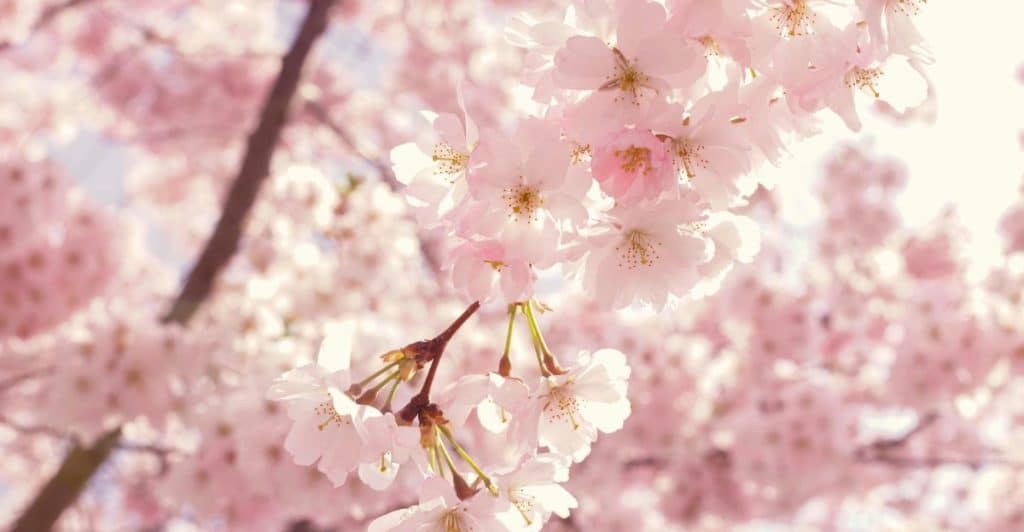
If you’re leaning a bit warmer, you might be a spring subtype. These types are often fair to medium in skin tone, with clear, warm undertones and light, bright features. They shine in lively, golden-based colors like coral, peach, and turquoise. Some celebrities that are spring types are Blake Lively, Emma Stone who is a natural blonde, and Jude Law.
Summer Subtypes

Summer subtypes are those with cool undertones but softer contrast–often light eyes and hair with a more blended look. Your palette leans toward dusty, pastel, and softened colors like lavender, powder blue, and sage. Some celebrities that are summer types are Cate Blanchett, Amanda Seyfried, and Matt Damon.
Autumn Subtypes
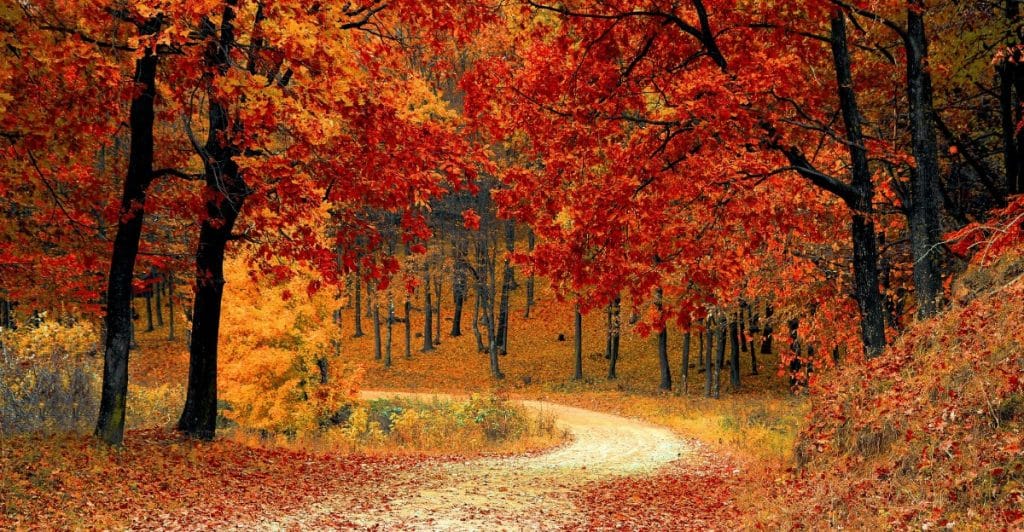
Autumn subtypes are warm and muted with an earthy richness to their coloring. Think golden undertones, olive or hazel eyes, and often red or brown hair. You look best in burnt orange, mustard, deep olive, and all the cozy fall colors. Some celebrities that are autumn types are Julia Roberts, Eva Mendes, and Dev Patel.
Fabrics Matter Too
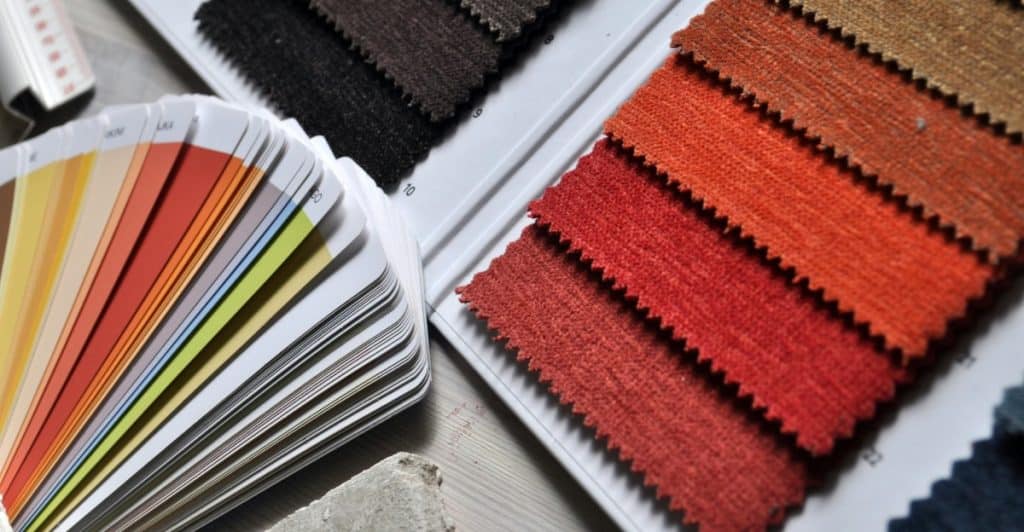
Seasonal color analysis isn’t just limited to color; you can also factor in the types of fabrics you go for.
- Light, crisp cottons and linens often suit lighter seasons like Spring and Summer.
- Velvets, tweeds, and thicker textures tend to flatter Autumns and Winters.
Texture plays a surprisingly big role in how cohesive your overall look feels.
Learn About Visual Weight

Can you believe that how striking your features are can also inform what colors look best on you? If you have high visual contrast–dark hair with pale skin, for example–you can handle bold colors. Low contrast? Softer tones will flatter you more.
It’s less about what’s “pretty,” and more about what matches your natural intensity.
The Goal is Harmony

The reason why we learn our personal color in the first place is because our main objective is to look harmonious from top to bottom. When your clothes reflect and complement your natural coloring, everything just flows–you’ll notice your eyes pop more, your skin looks fresher, and you won’t need as much makeup. That’s the power of visual balance.
Color Shifts as You Age
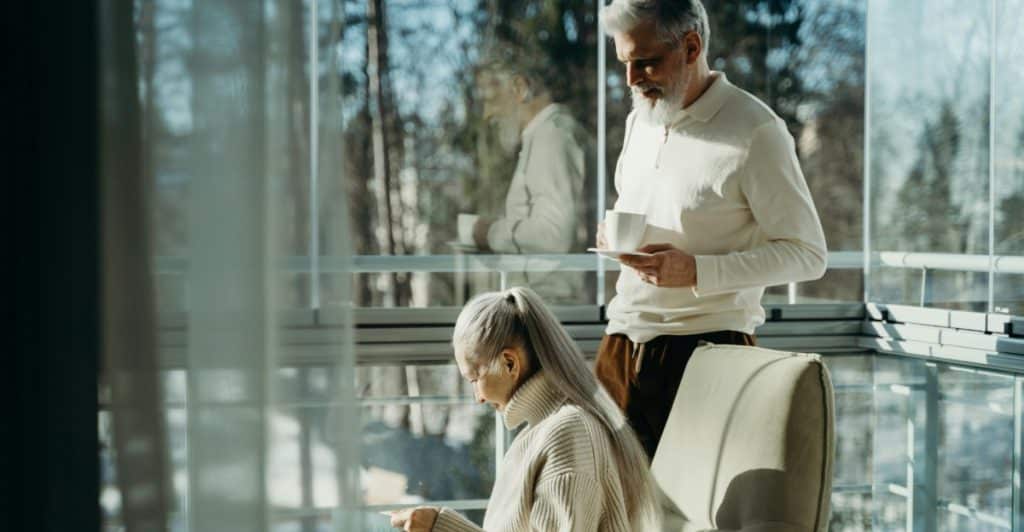
Yes, your personal color season can shift as you age, and that’s completely normal. Hair goes gray, skin loses warmth, eyes can fade slightly. As contrast levels change, your best colors might evolve too. If a palette that once flattered you suddenly feels “off,” it might be time for a seasonal reassessment.
When in Doubt, Try AI

If you’re still in doubt about all this and still having a hard time figuring out your sub-type, just feed photos (under natural light) of your skin, eye, and hair color into ChatGPT and ask for the HEX code. From there, the machine will also tell you which tones harmonize best, and may even suggest your likely color season based on color theory, not just guesswork. Some influencers have reported finding success in this process, so who knows? It might work on you, too.
No Rules, Just Theory

And last but certainly not least, don’t let yourself be limited by these choices! The color analysis method is simply a theory, not hard and fast rules. At the end of the day, what’s most important is that you’re comfortable in your own skin, and that you’re able to express yourself.
Wear what you love and have fun! Seasonal color analysis is just a tool to help bring out the best in your features.
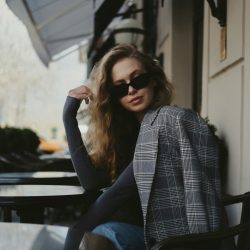
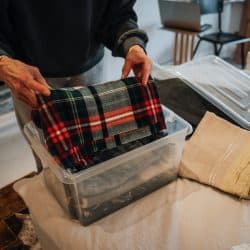




Ask Me Anything